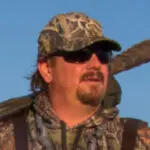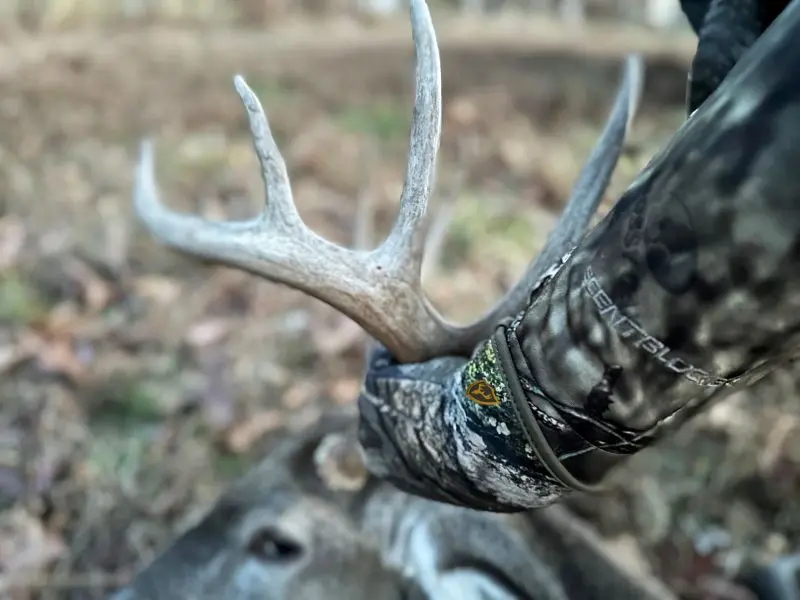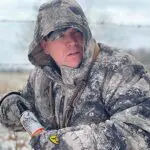Pope and Young Executive Director, Justin Spring, shares insights on the topic of antler growth
Deer hunting seasons extend from late-summer through midwinter around the country, but deer hunters talk deer year-round – and there certainly is plenty to talk about: Compound bow vs. crossbow, best rifle caliber/round, treestand vs. pop-up blind, etc.
Another topic that comes up regularly around the campfire is antler growth. In fact, there is an entire business built around the best supplements and types of forage to encourage maximum antler growth, and many regions of the country are heralded as possessing the exceptional whitetail genetics for producing huge racks.
But are genetics really that important? Is providing supplemental feeding necessary? Executive Director at Pope and Young, Justin Spring, has some great insights on the topic of antler growth every whitetail hunter should be interested in.
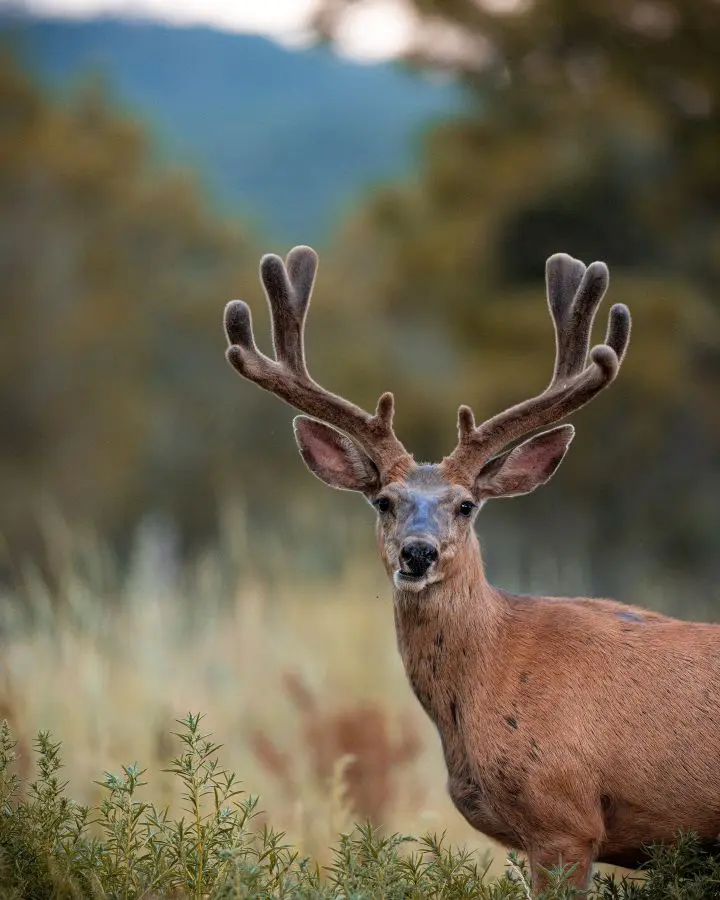
“Historically, antler growth was very focused on genetics, but realistically, age is a very important factor. It turns out a very diverse heard is going to have the genetics for big deer,” Spring said. “This brings us to the environmental side of it. Antlers are a secondary sexual characteristic, meaning the deer is going to ensure its survival until it has met its needs, and then shift the nutrients to antler development.”
Spring explained that an abundance of resources is going to allow deer to grow anyway, and this includes antler development. “A good example of antler growth and nutrition – and we see this quite often after the EHD outbreak for example – is following an event when the deer population drops, we see some big bucks. My hypothesis regarding this scenario is there is an abundance of resources available to the remaining deer – as those resources were not all consumed by other deer in the herd, and this allows those deer to grow bigger antlers.”
“A species could have unlimited protein, but without the minerals required for protein to be digested, it doesn’t do any good. In the case of deer, to build antlers the whole system must be in excess, which includes plenty of water and the minerals and crude protein necessary to grow antlers,” Spring explained.
“Obviously, on the environmental side of things, if they don’t have all of that it doesn’t matter what their genetics are, because without the minerals and proteins to express antler growth, you know they’re never going to achieve full potential. So, assuring deer have those things available in excess is very important.”

According to Spring, supplemental feeding can help, but looking at the big picture is important because pouring money into food sources alone will not necessarily solve the problem.
“What you see commonly – especially in areas historically known for big deer – is enhancing the native vegetation deer can forage on. Generally, just throwing excess mineral and protein via supplemental feed at them isn’t going to get the same results as building a native landscape. That doesn’t mean there is no place for artificial mineral or protein, especially if there is one thing missing,” he explained.
Understanding which native plants are beneficial to deer, and which plants are invasives, is a wise practice, especially when removing said invasive species. While food plotting can enhance an area for wildlife and create an ideal setting to hunt deer, promoting and restoring native vegetation growth nearby is also important. For example, deer may use native warm-season grasses and shrub thickets year-round to rear fawns, for bedding and escape cover, and of course to feed on a variety of vegetation they have adapted to long before agriculture and supplemental food was available. This is a great way to maximize the protein and nutrients available to deer and potentially benefit bucks while they reach full maturity.
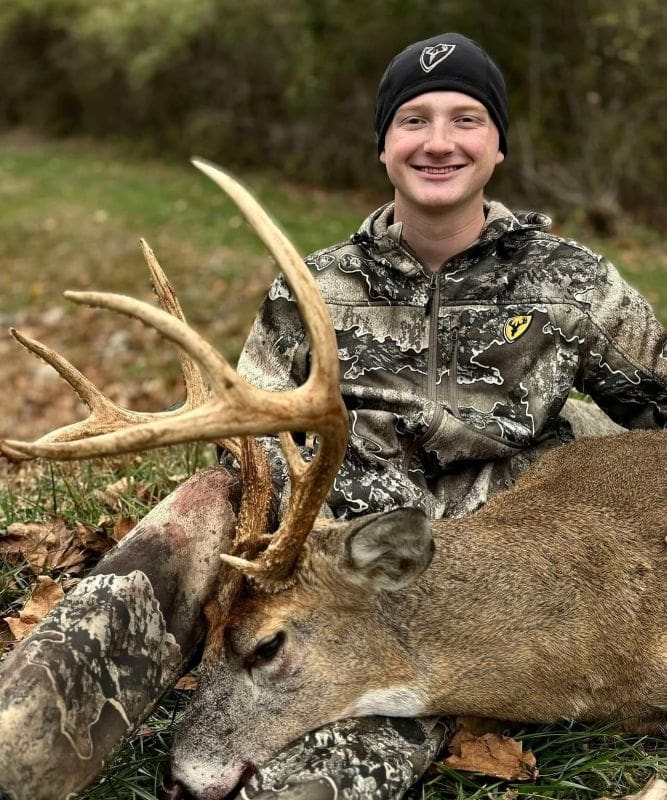
Can supplementing be detrimental? According to Spring in terms of forage, it is not an issue, but problems can arise when large numbers of deer congregate in a relatively small area, which can perpetuate the spread of disease such as CWD and EHD. This is very region specific and in areas where deer are drawn to plots from miles around the risk of creating a disease pathway is much higher.
Conversely, in highly fertile areas with multiple food sources nearby, deer will not be as inclined to travel long distances for food, thus reducing the risk. This is another reason to diversify forage sources and include native species deer are happy to take advantage of if supplemental food sources dwindle.
THE TAKEAWAY
The bottom-line is white-tailed bucks allowed to reach full maturity have a good chance of growing a nice set of antlers, especially if deer have sufficient nutrition available for bucks to attain maximum antler development. The fact is, bucks are regularly harvested by hunters before reaching the age required to carry big racks, but the genetics are baked into the cake, so to speak. Managing properties for diverse habitat and food sources, as well as sufficient water may be the baseline, but if management includes restricting target bucks to fully mature animals, it’s much more likely antlers will obtain true trophy status.
